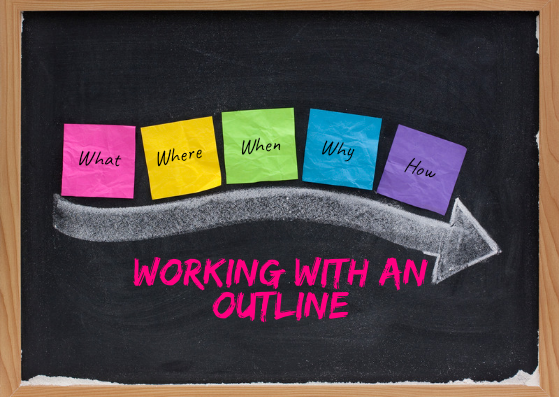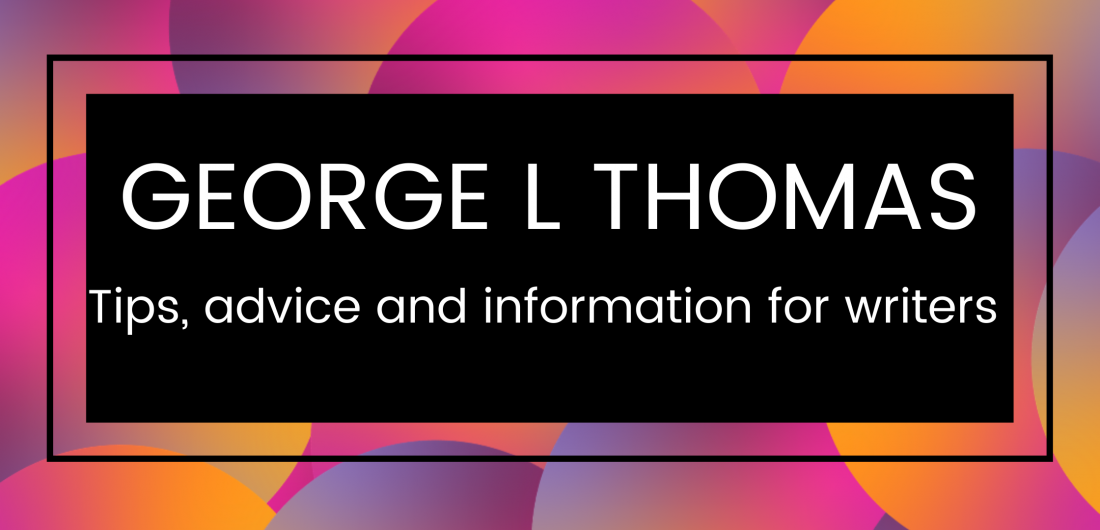
I had always been one of those people who could pick up a pad of paper and a pencil and start writing, going with the flow of whatever happened to appear on the page.
The problem was that I would eventually run out of steam. I would have an idea for a story in mind, begin to write and then after a while, become distracted by other things, put down my pencil and not pick it up again. I would quickly lose interest in what I had been working on and move on to something else.
I had felt stuck like this for a long time, and I wondered what was wrong with me that I should feel such a passion for writing while, at the same time, be unable write anything with substance.
Then I decided to try to make a dreaded outline. Dreaded of course, because I had always thought that creating an outline before sitting down to write would leave me creatively flat, that all of the fizz – everything that was fun about writing would be sapped dry by the time I came to creating the actual story.
This wasn’t true, however, in fact, it had quite the opposite effect. I found that by setting up the simplest version of an outline as I could (a very brief description of the beginning, middle and end of my story) that I was able to generate new ideas with ease and work more efficiently. Plus, by putting my thoughts into this basic form, I could already see the parts that were not going to work.
As I wrote my very first outline, new characters and situations were occurring to me, and I realised that my creativity hadn’t been sapped away, but rather it had been given a jump start. I had so many ideas.
Now, I still write using a basic outline, but then when that’s complete, I write an outline that’s a little more complicated and detailed, incorporating character sketches and setting descriptions as I go.
I have never felt creatively stifled since transitioning from pantser to plotter, though the quality of my work has been significantly improved.
I know that not everybody can confine themselves to working within such a seemingly narrow field as an outline, however when you add an extra bit of thought to what you’re trying to accomplish, then, in my opinion, the possibilities are endless.
Thank you very much for your time if you have managed to read this far.
George
© 2017 GLT
Categories: Outlines

I’m no longer sure where you are getting your information, however great topic. I needs to spend a while learning much more or figuring out more. Thanks for magnificent information I used to be searching for this information for my mission.
LikeLiked by 1 person
Hi Alex, I’ve learned an awful lot from writing courses, research and also just by doing it. Sometimes you find out whether something is working or not fairly quickly, other times it can take a long while, but you learn either way. Thanks for your comment 😀
LikeLike
Excellent weblog here! Also your website a lot up very fast! What web host are you the usage of? Can I am getting your affiliate hyperlink to your host? I want my website loaded up as quickly as yours lol
LikeLiked by 1 person
I use WordPress.com 😀
LikeLike
I’m a huge fan of outlines!
LikeLiked by 1 person
Me too, I’m a definite convert! 🙂🙂
LikeLike